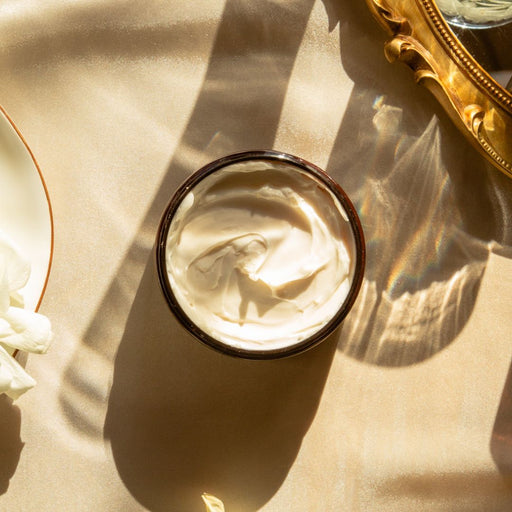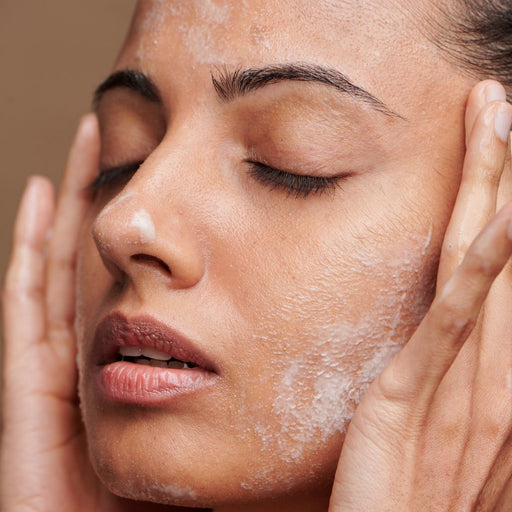
Though “wellness” may seem like a modern term, this cultural practice has extensive roots in ancient cultures and traditions. This movement gained rapid momentum in the 1950s and 1960s, but its origins can be traced back nearly 2,000 years to ancient Indonesia.
Key Takeaways
-
Wellness traditions began in 3,000 BC with Ayurveda
-
Traditional Chinese Medicine is known as one of the world's oldest systems of medicine
-
Ancient Greek physician Hippocrates went on to prioritize illness prevention rather than treatment
-
The herbal wellness tradition of Jamu began in ancient Indonesia 2,000 years ago
-
The 19th century brought about many medicinal movements
-
In the 20th century, the wellness industry grew and expanded
Wellness is about taking a holistic approach to your health and lifestyle. Understanding the origins of wellness can help you uplift, rejuvenate, and heal your mind, body, and soul.
Keep reading, and we'll share a brief history of wellness, from the start of Ayurveda in 3,000 BC to modern day applications.
See Related: 5 Easy Tips For Storing Dried Herbs
#1. Ayurveda
When you think of wellness, you might initially think of a modernized push for people to take control of their lives. Physical activity, a balanced diet, and self-care are all essential for wellness, but that's not all that goes into it.
It's important not to get caught up in the numerous health fads that are popping up. Instead, taking a step back from the hustle and bustle of the daily world will allow you to gain a new and healthy perspective.
Wellness is about taking a holistic approach to health. And rather than focusing on simply treating disease or illness, it prioritizes a healthy lifestyle grounded in alternative medical practices and supporting the body's self-healing response.
If you think that wellness concepts are solely modern ideas, you might be surprised. Holistic wellness began thousands of years ago in many ancient cultures and has since gained widespread popularity across the globe.

Wellness Practices Begin In 3,000 BC
Though it's hard to say for certain when wellness and health traditions first began, it can be traced back all the way to 3,000 BC. Around this time, the holistic system of Ayurveda began in India.
Ayurveda means "the science of life" and comes from the ancient spiritual philosophies of the Vedas. It began as an oral tradition and strived to create harmony between all aspects of a person. It sought to balance mind, body, and soul while seeking to prevent illness.
Things like yoga and meditation were integral parts of this ancient practice, and other parts of the regime were uniquely tailored to the specific person. Things like social, hygienic, and nutritional needs were taken into account on a case-by-case basis.
This personalization of practice is considered a vital aspect of modern holistic health practices.
#2. Traditional Chinese Medicine
Ayurveda wasn't the only wellness practice that began nearly 5,000 years ago. Traditional Chinese Medicine, or TCM, is considered the world's oldest medicinal practice and focuses on a holistic approach to health and wellness.
TCM was influenced largely by Taoism and Buddhism and often utilized methods like acupuncture, tai chi, and herbal medicine.
The Fundamentals Of Traditional Chinese Medicine
Tai chi integrates mental focus, relaxation, and breathing practices in order to improve balance and stability for people. Chinese herbal products were often used for things like heart disease prevention, treating respiratory diseases, and improving mental health.
These core practices of TCM have since gone on to become essential aspects of even Western medicinal practices.
Bonus: Is Coconut Oil Good For Your Skin?

#3. Hippocrates
Healthy living and holistic medicine started to spread and soon was no longer just an Eastern practice. In the West, Hippocrates soon became possibly the first physician to prioritize illness prevention instead of treatment.
Wellness was soon found in ancient Greek and Roman societies, as Romans adopted the Greek beliefs that illness and disease game primarily from poor and unhealthy lifestyle choices. Hippocrates, known as the "Father of Medicine," argued that things like diet and environmental factors can play a big role in one's health.
And this is the foundation of the wellness idea that taking care of the whole is of the utmost importance!
#4. Jamu
Wellness has spread across the entire globe and has taken root in various cultures and customs. Nearly 2,000 years ago, the ancient herbal wellness tradition of Jamu began in the archipelago of Indonesia as a way to promote healthy living.
Jamu utilizes a unique combination of plants, roots, and fruits in order to create enhancing and healthy tonics that support clean living. Traditionally, the women of Indonesian households prepared and served these tonic drinks and then passed down the recipes from generation to generation.

Ancient Herbal Remedies For The Mind, Body, And Soul
Though the Jamu lifestyle often utilized herbal remedies as a way to heal the body, mind, and soul, that's not all this way of life was about. Jamu also focuses on things like community engagement, self-care rituals, and focused living as a way to heal and nourish all parts of a person.
JUARA's Jamu Lifestyle is full of all the ancient and modern knowledge you need in order to integrate these powerful practices into your daily life. From exploring the history of Indonesia to sharing herbal recipes, this book will help guide you on your path to healthier living!
#5. 19th Century
As the world entered the 19th century, new wellness and intellectual movements started to explode. Holistic medical practices proliferated in the Western world, offering a new perspective on what good health is truly about.
Many new alternative healthcare methods started to gain popularity, including things like naturopathy and osteopathy. New philosophies also came to light, including "mind-cure movements" that sought to link one's physical health to their mental and spiritual state.
The Opposite Of Illness
In the 19th century, wellness was defined as the opposite of "illness." It went on to popularize the idea that one's health can be maintained through healthy lifestyle choices.
In the 1860s, a German priest named Sebastian Kneipp went on to offer what he called the "Kneipp Cure," which marked another use of holistic, healthy practices. The "Kneipp Cure" consisted of hydrotherapy, exercise, nutrition, herbalism, and mind/body balance as a way to naturally heal a person.
Osteopathy also was developed during the 19th century, which is a holistic approach grounded in massage and treatment of the muscles and joints.

#6. 20th Century
The 20th century marked a period of new growth for wellness, but it also was a time when traditional Western medicine became more popular. The modern idea of "wellness" can be traced back to the 1950s, when things like organic farming took off.
From 1980 to 2000, the modern idea of wellness gained newfound popularity. Specifically, the medical and academic world started to take the wellness and health movement more seriously.
More Medical Establishment Validation
In 1991, U.S. National Center for Complementary and Alternative Medicine (NCCAM) was established, marking another turning point for the wellness industry. But even in Europe, this new approach to health was taking off, with the German Wellness Association (Deutscher Wellness Verband) and the European Wellness Union (Europäischen Wellness Union) both being founded in 1990.
As time went on, many companies started to offer workplace wellness programs. The fitness and spa industries also saw incredible growth as people turned to healthier lifestyles in order to feel better.
The 20th century marked a time of amazing growth for wellness and propelled us into the 21st century and our modern understanding of what wellness is.
Wrapping Up
Health and wellness is an integral part of healthy living, and it's important to find ways to take care of yourself. All aspects of your mind, body, and soul are all interconnected, and taking a holistic approach to your lifestyle can help you maintain and elevate your well-being.
Though wellness can seem like a rather modern term at times, it is a rather ancient idea that has taken thousands of years to grow. From ancient Indonesian herbal remedies to modern-day yoga and massage, there are many different ways to understand and practice holistic wellness.
Keep Reading: How To Prevent Summer Breakouts
--
Juara Skincare incorporates ancient rituals with western skincare science creating the ultimate beauty experience. We aim to transport you from the mundane to the extraordinary with our exotic ingredients, intoxicating scents, and powerful, skin-improving formulas. All of our products are nutrient-rich, and botanically based. We are proud to be certified cruelty-free. Get the latest skin care tips and info on Juara products by following us on Twitter, Facebook, Instagram, LinkedIn, and Pinterest.














